Microaggressions are the toxic rain on college campuses
October 1, 2019
Dr. Derald Wing Sue, a psychologist in the field of multicultural and racism research, professor at Columbia University’s Teaching College and self-identified Asian-American man, spoke in Stackhouse Theater Wednesday, Sept. 25. He shared his frequent experience with microaggressions, which is the focus of his research and publications.
As Sue broadly defined them, microaggressions are the “everyday slights, indignities, insults and put-downs that marginalized groups experience.” They can be based on race, gender, sexuality, religion, etc. They’re often perpetrated by people without malicious intent. They are cumulative, continuous and reflect the implicit biases we are all ingrained with. Some might even be framed as compliments, but contain hidden messages.
For instance, Sue gives the example of an exchange: “You speak English so well.”
“Well I hope so,” he said. “I was born here.”
The double meaning of the person’s “compliment” is that Asian-Americans are “perpetual aliens in their own country.” And while the term “micro” indicates something small and potentially harmless, microaggressions are not isolated, innocuous, “throwaway” comments, actions or situations. Studies show they impart severe, cumulative and psychological harm. As Sue claimed, microaggressions impact minorities in their everyday life more than the overt “old-fashioned” racism we associate with white supremacy groups.
For an African-American male, it is the way in which a white woman on the elevator clutches her purse more tightly when he enters. For a Latina individual, it is being repeatedly mistaken as a service worker. For an Arab American, it is getting “randomly searched” at the airport. It is the culmination of all these “minor” slights and interactions and the awareness of them that compound and create what Sue calls the “the burden of constant vigilance.” The need to constantly have to discern whether or not a microaggression has been committed, Sue says, “drains and saps psychological and spiritual energies of targets and contributes to chronic fatigue and a feeling of racial frustration and anger.”
And it’s not just verbal and nonverbal communications that culminate day in and day out to affect the collective psyche of minorities. Microaggressions are also environmental. For a woman of color working in higher education, it might be attending meetings in boardrooms wallpapered with portraits of solely white men. For a first-year African-American student at Washington and Lee, it might very well be sitting in Lee Chapel to be initiated into our Honor System, the self-proclaimed heart of campus life. It’s all the little things someone may or may not be able to put their finger on that increases their sense of alienation and reinforces the feeling of being a second-class citizen in society, or a second-class student at our university.
David Gálvez, ’22, recounted one of his experiences in which the microaggressions Sue described were discounted on our campus.
“Last year, the College Republicans invited Charlie Kirk, founder of Turning Point USA, an alt-right platform, to speak,” Gálvez said. “At one point, Katie Evans brought up the topic of discrimination and microaggressions, and the audience chuckled and dismissed it, and Charlie Kirk responded by reframing the issue as reverse racism.”
In doing so, Kirk denied the lived experiences of many Washington and Lee students with the complicity and even encouragement of their peers.
On campuses in particular, the psychological and physiological fatigue caused by microaggressions is exacerbated. Sue referenced studies that show minority students experience elevated levels of stress and distress and described how members of different minority groups often feel isolated, alienated, stressed, unsafe or invalidated. Students often lack mentors with the same minority experience.
In his research, Sue found that microaggressions in the classroom were often perpetrated by professors, not just peers. He said that anytime you have an imbalanced power dynamic like that of teacher to student, it becomes even more difficult and stressful to grapple with microaggressions.
Sometimes there are ways to take direct action, like filing a Title IX complaint over a professor’s inappropriate sexist language, something that has happened at Washington and Lee. However, more often than not, a student who feels a professor has committed a microaggression is forced to grin and bear it, and possibly participate in a “microaffirmation.”
This is the name Sue gives the situation where another member of a marginalized group affirms the existence of a microaggression. This might be the raised eyebrow a student’s friend gives them when a teacher repeatedly mispronounces their non-Euro-American name. It might be the sympathetic look a female student gives another female student when a male student talks over her during group work.
The most important thing, Sue says, it that it happens in the moment. It is a gesture, that no matter how small, helps keep the target of a microaggression from questioning their sanity. It is a silent way to say, “Yes, that did just happen, you’re not crazy or paranoid.”
So, how do we solve microaggressions? The short answer is, we don’t. Microaggressions are rooted in the ugliest and most deeply ingrained parts of society including racism, sexism, homophobia and xenophobia. None of these issues have simple long-term solutions, so microaggressions won’t be disappearing anytime soon.
However, we can address and try to put a stop to individual microaggressions when we notice them. Sue stresses the importance of “making the invisible visible.” Sometimes, simply acknowledging that a microaggression has been committed is enough to stop it from happening again.
But it shouldn’t be a minority student’s responsibility to educate everyone with privilege. It’s not fair to ask someone to be a spokesperson for a whole race, gender, sexuality or religion. It’s not the job of the oppressed, nor is it ultimately in their power, to solve their own oppression. That’s why it’s so important for allies with privilege to step up and develop the capacity for “microinterventions.”
Sue and his colleagues supposedly do training to teach allies and bystanders on how to “disarm” microaggressions with these “microinterventions,” though he failed to provide a comprehensive list of tangible examples.
Gálvez said he wished Sue’s talk had been more “personalized” to Washington and Lee. Jordan Dickinson, ‘22, agreed that the lecture could have covered more in-depth scientific perspectives, since the attendees of the lecture were in many ways a self-selecting group who probably knew something about microaggressions going into it. In some ways, Sue’s repetitive arguing for the existence of microaggressions was preaching to the choir.
In conclusion, microaggressions are insidious and damaging, especially when they are spread throughout a campus climate. Sue referred to microaggressions as “toxic rain” on a college campus for a reason. They’re not just to the detriment of individual targets. The entire wellbeing of our community is degraded when microaggressions are spread, especially when they are unacknowledged, or worse, mocked and belittled by students of the same community.
If you are a student with social privilege, this might be the first time you’ve ever heard of this concept. You might not even believe it exists. But if you are part of one or more marginalized groups, this is old news. You deal with these issues from the time you wake up in the morning to the time you go to sleep at night. But there is hope. As a community, we can work on understanding when and where microaggressions occur, learn how to disarm them, educate offenders and educate ourselves, when we find out we are offenders as well.



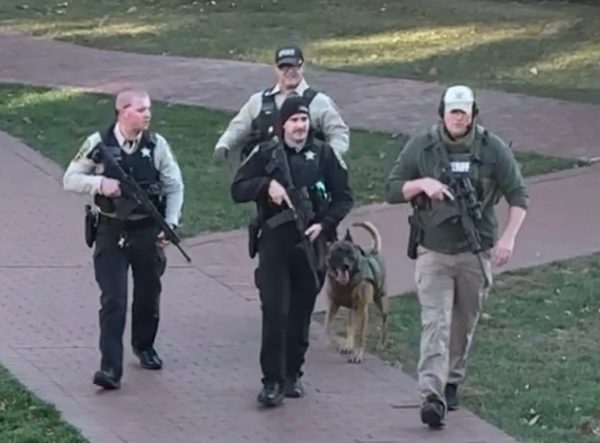
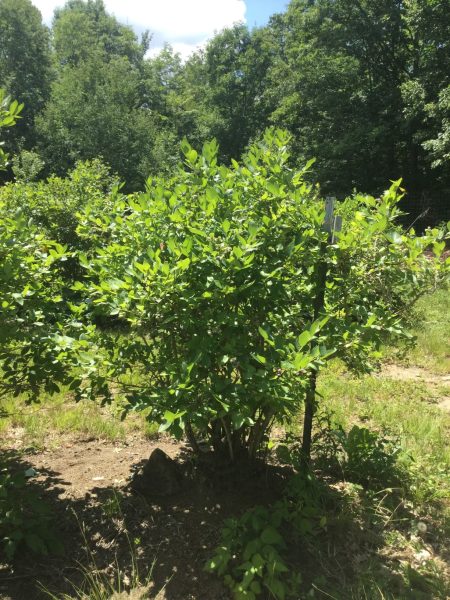



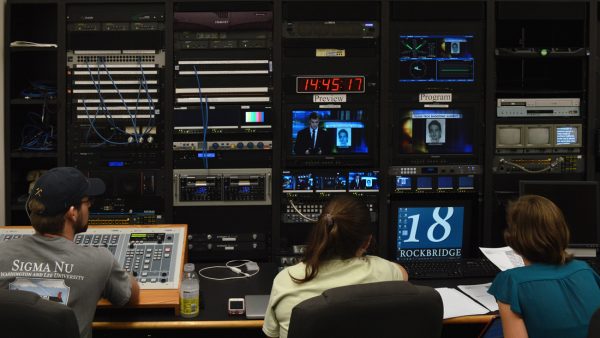
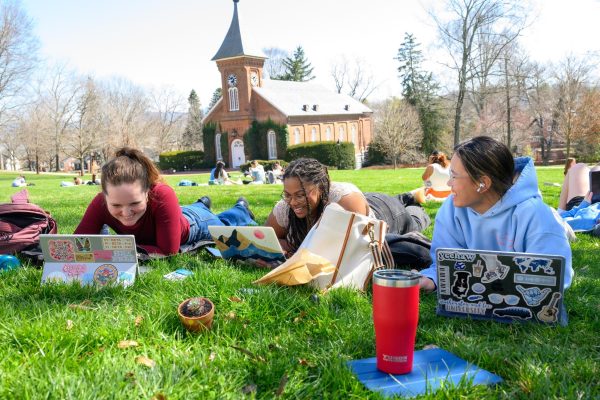

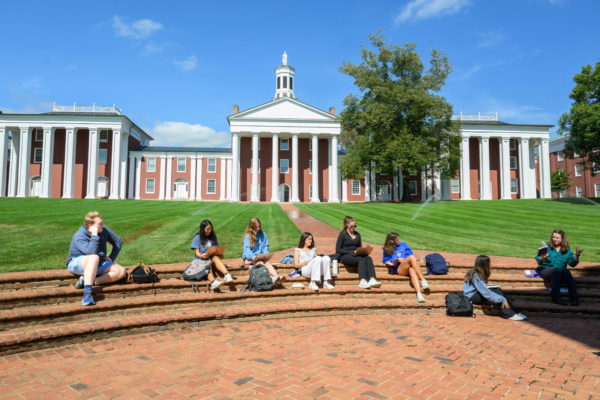
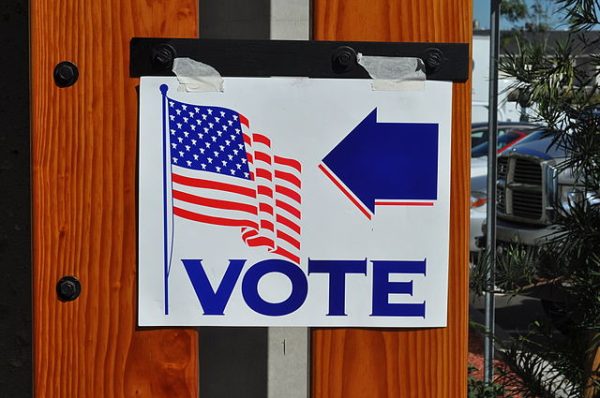
littlehouse18 • Oct 4, 2019 at 8:52 pm
There used to be another tern for these things -‘ rudeness,’ or ‘faux pas.’ You’ll drive yourself nuts if you start seeing hostility behind everything. It’s just called being human and members of minority groups do the same thing. It is clear that some of these things are annoying, such as the assumption one is not born here simply due to race, and provoke very valid feelings of discouragement. But it is not an aggression, it’s simple ignorance or awkwardness. And all groups do it, just not all people choose to be offended and dwell on it. I myself have a rather unusual name. I’ve had to spell it out for people and have it mispronounced my entire life. I don’t let that get to me. I don’t have to turn to a whole lexicon of offense and make this an us-versus-them thing. Constantly finding fault with those you consider ‘privileged’ (as if going to W&L isn’t being privileged itself) is its own kind of bigotry.
Life is too short for all this. How about accepting that people are people and get things wrong sometimes? How about simply correcting someone if they make a wrong assumption? This country has moved far away from times when stereotypes were abundant and racial barriers stark, and that’s to be celebrated. Don’t give in to outrage culture. If you think this is oppression, then you know nothing of real oppression.